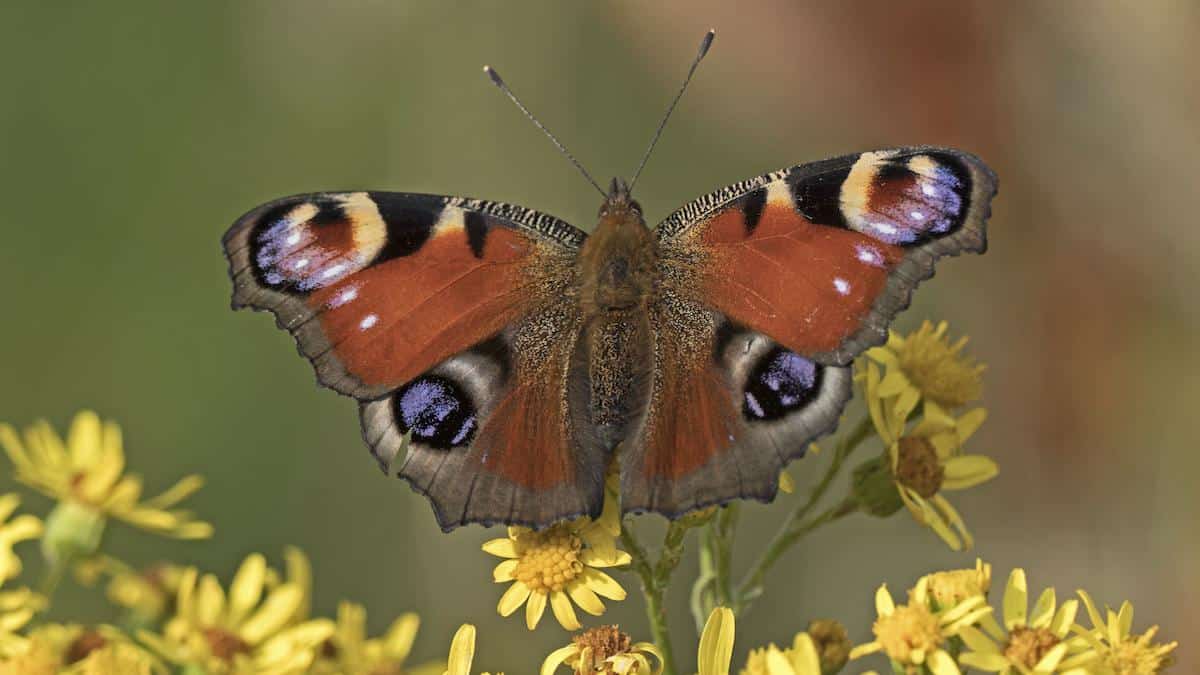

The results from the UK’s annual Big Butterfly Count were released Thursday, and they don’t look good.
The country recorded its lowest number of butterflies and day-flying moths on record since the count was initiated 12 years ago.
https://twitter.com/savebutterflies/statuses/1446033312527618049
“The facts are clear. Nature is in crisis and we need urgent action, not just to prevent further species losses but to rebuild biodiversity,” Julie Williams, the CEO of environmental group Butterfly Conservation, which organizes the count, said in a statement.
The Big Butterfly Count involves volunteers across the country counting the number of butterflies and moths that they observe in a 15-minute window, The Guardian explained. This year’s count, which took place between 16 July and 8 August, actually saw a record number of counts submitted, at 150,000. However, the average number of insects spotted per count was its lowest ever recorded at nine butterflies or moths. In 2020, that number was 11 and in 2019, it was 16.
“More counts are undertaken and submitted year on year, but it seems that there are fewer butterflies and moths around to be counted,” Butterfly Conservation senior surveys officer Dr. Zoë Randle said in a statement.
In total, volunteers counted 1,238,405 moths and butterflies, down 14 percent from the year before, The Independent reported. Especially hard-hit species included the peacock butterfly, which saw its lowest numbers since 2012 and a drop of 63 percent, and the small tortoiseshell, which declined 32 percent for its third-worst summer ever.
Experts said this year’s low count could partly be blamed on extreme weather.
“Some of the UK’s butterflies have more than one generation per year, meaning we would see adult butterflies in spring and summer. The majority of these double-brooded species experienced their worst year since the start of the Big Butterfly Count in 2010,” Randle explained in a statement. “Weather changes are likely to be the cause of this. March 2021 was warmer than average which would have stimulated butterfly activity. However, May was very wet which will have hampered butterfly feeding and breeding. These combined weather effects are likely to have reduced the spring generation which has knock-on effects for the second generation in the summer.”
Since unusual weather patterns are only expected to increase with the climate crisis, butterflies in the UK remain at great risk. There are also other factors driving the decline, including habitat loss, water pollution and pesticide use, entomologist and Bedfordshire, Cambridgeshire and Northamptonshire Wildlife Trust chief executive Brian Eversham told The Guardian. Overall, butterfly abundance and distribution in the UK has declined by 76 percent since 1976.
However, wildlife advocates do not see these declines as irreversible.
“While these findings are unsettling, we shouldn’t underestimate nature’s ability to recover if given a chance,” Eversham told The Guardian. “We can all help by creating more habitats for wildlife.”
To that end, Butterfly Conservation has outlined a new strategy to save the nation’s butterflies. It includes three main goals:
- Halving the number of threatened species.
- Improving 100 of the most important butterfly and moth landscapes.
- Transforming 100,000 wild spaces where the insects (and humans) can thrive.

 233k
233k  41k
41k  Subscribe
Subscribe 